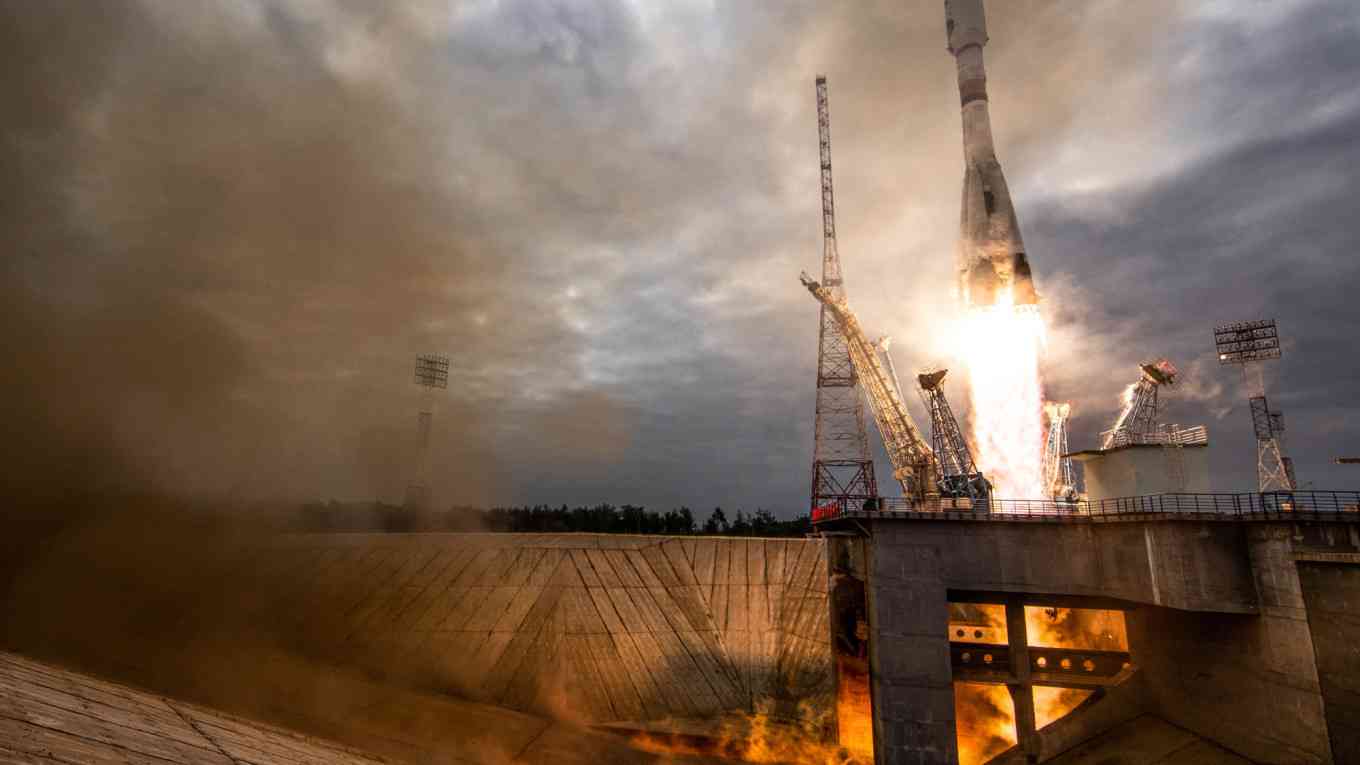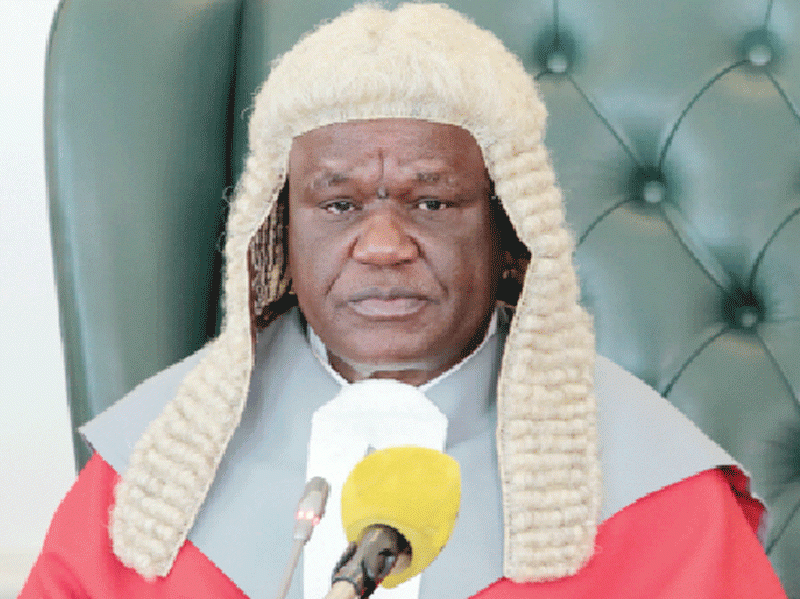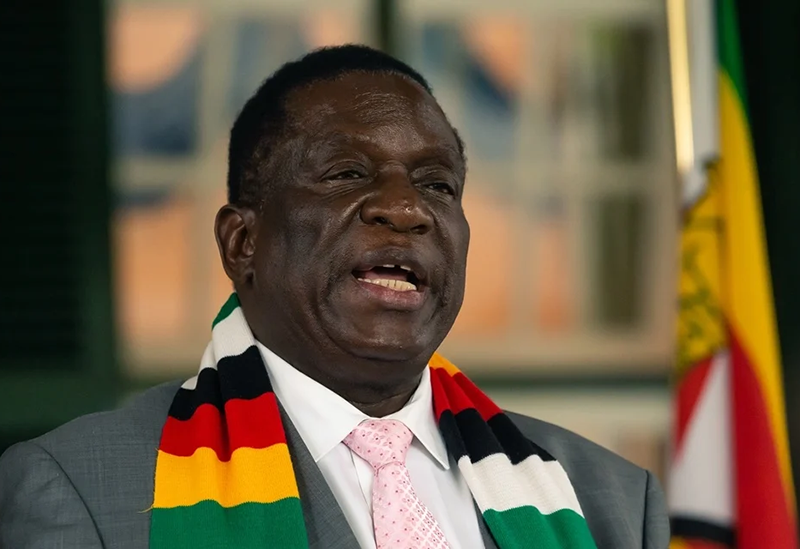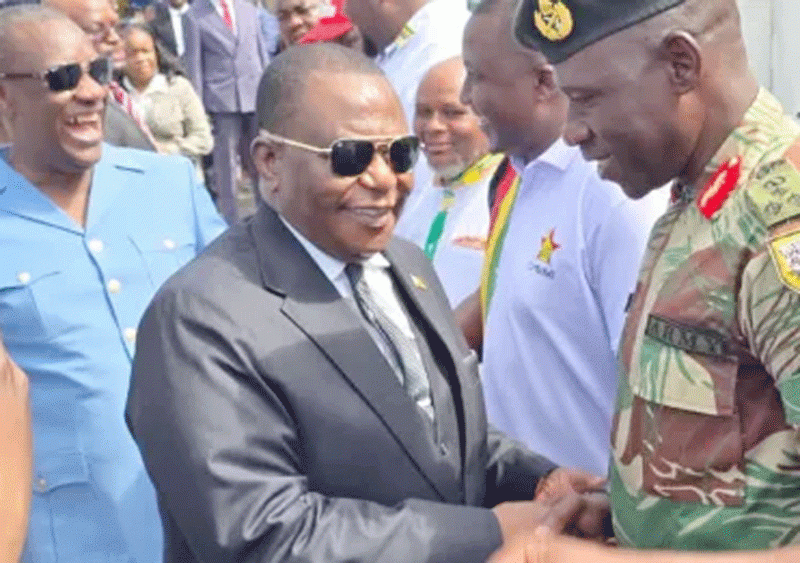
The Luna-25 probe, Russia’s first moon mission in almost 50 years, has crashed on the moon after an incident during pre-landing manoeuvres, the Russian space agency has said.
Communication with Luna-25 was lost at 2:57pm (11:57 GMT) on Saturday, Roscosmos said.
According to preliminary findings, the lander “has ceased to exist following a collision with the moon’s surface”, Roscosmos said on Sunday.
“Measures taken on August 19 and 20 to locate the craft and make contact with it were unsuccessful.”
The space agency said an investigation would be launched into the causes of the crash, without giving any indication of what technical problems might have occurred.
With Luna-25, Moscow had hoped to build on the legacy of its Soviet-era Luna programme, marking a return to independent lunar exploration in the face of growing isolation from the West.
The 800kg Luna-25 probe was to have made a soft landing on the lunar south pole on Monday, the first in history.
The Russian spacecraft was part of a big-power race to explore a part of the moon that scientists think may hold frozen water and precious elements.
- Russia’s Luna-25 probe crashes on the moon
Keep Reading
Roughly the size of a small car, it was expected to operate for a year on the south pole, where scientists at NASA and other space agencies in recent years have detected traces of frozen water in the craters.
The presence of water has implications for major space powers, potentially allowing longer human sojourns on the moon that would enable the mining of lunar resources.
The agency also posted images of the moon’s Zeeman crater taken from the spacecraft. The crater is the third deepest in the moon’s southern hemisphere, measuring 190km (118 miles) in diameter and 8km (5 miles) in depth.
Roskosmos said data it received so far provided information about the chemical elements in the lunar soil and would also facilitate the operation of devices designed to study the near-surface of the moon.
Its equipment registered “the event of a micrometeorite impact”.










